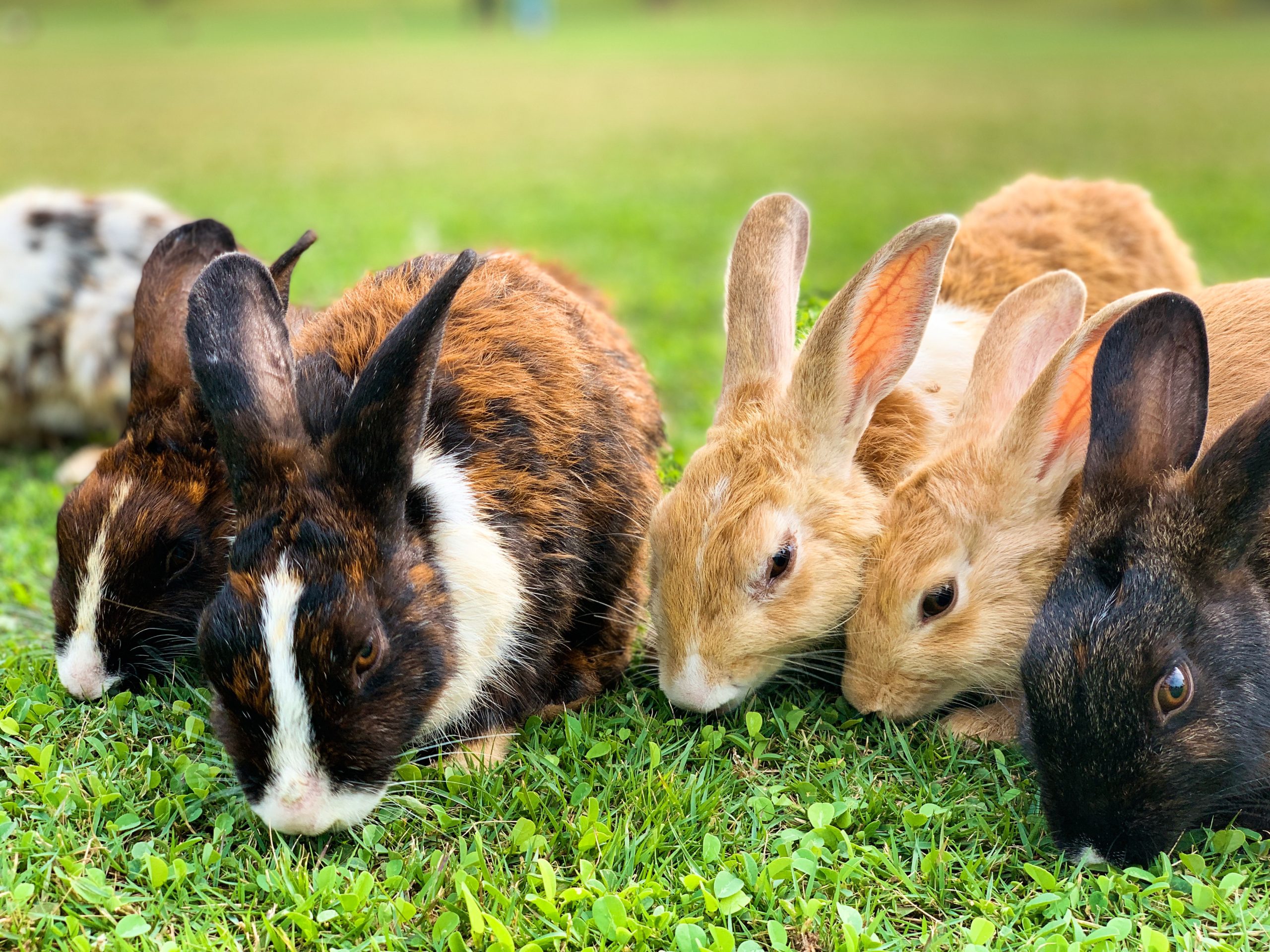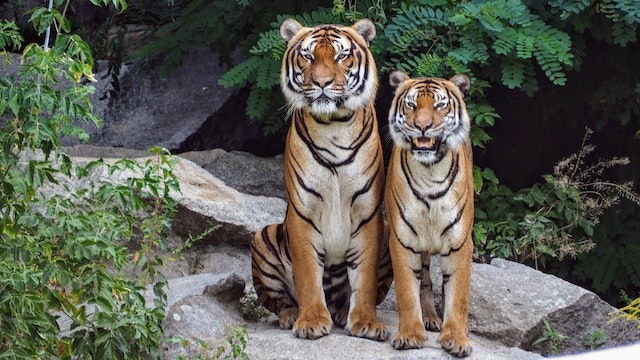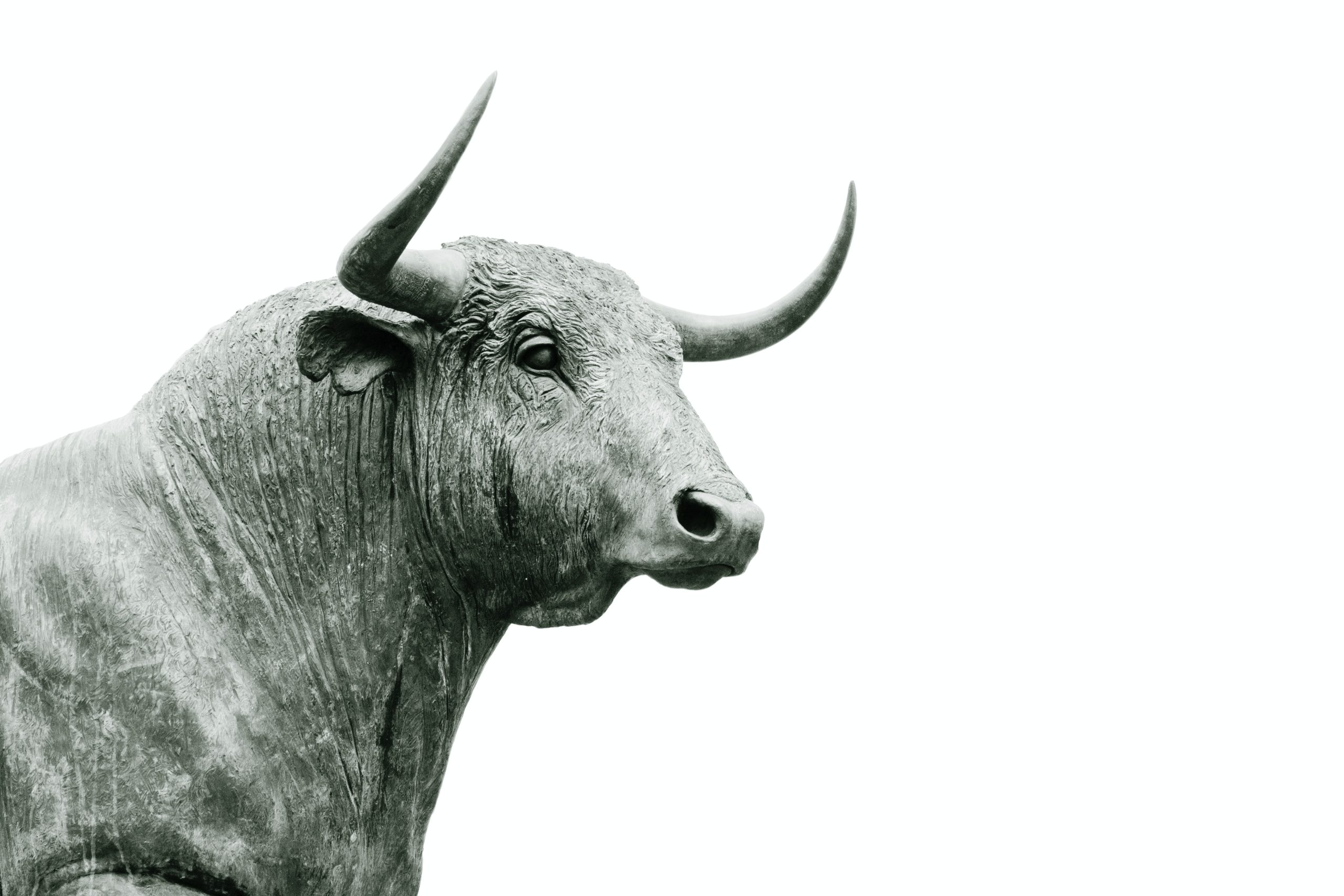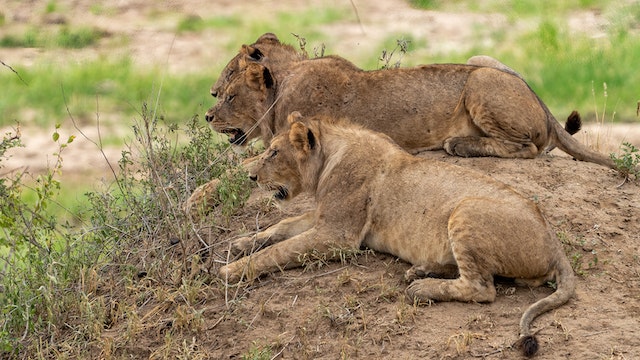Rabbits have been part of human history for thousands of years. From their early days as wild prey animals to their domestication as beloved pets, rabbits have had a significant impact on human culture and society. Today, they can be found in homes, gardens, and even in the wild. But how did we come to have such a close relationship with these furry creatures?
The history of human interaction with rabbits dates back to ancient times. In ancient Egypt, rabbits were considered sacred and were often depicted in art and mythology. They were even mummified alongside their owners and buried in tombs. The Romans also kept rabbits as pets, and they were later introduced to Britain by the Normans in the 11th century.
However, rabbits were not always treated with kindness by humans. In the 19th century, they were often hunted and killed for sport or for their fur. They were also used as laboratory animals for scientific research, leading to the development of vaccines and medical treatments. In recent years, however, there has been a growing movement towards animal welfare, and many countries have enacted laws to protect rabbits from abuse and mistreatment.
But rabbits are not just objects of human fascination and exploitation. They have also played an important role in agriculture and food production. The European rabbit, which is the ancestor of most domesticated rabbits, was first domesticated in medieval times for its meat and fur. Today, rabbits are still raised for their meat, and their fur is used in the fashion industry. They are also important in laboratory research, where they are used to study a variety of diseases and medical conditions.
In addition to their practical uses, rabbits have also become popular as pets. Domesticated rabbits are kept in homes all over the world, and many people consider them to be part of the family. They are known for their cute and cuddly appearance, as well as their playful and affectionate personalities. However, owning a rabbit requires a great deal of responsibility and care, as they have specific dietary and housing needs.
Despite their long history of human interaction, rabbits still hold many mysteries. For example, scientists are still trying to understand the unique digestive system of rabbits, which allows them to break down tough plant material. They are also studying the social behavior of rabbits, which is more complex than previously thought. Research has shown that rabbits form strong bonds with their mates and offspring, and even display a variety of facial expressions to communicate with each other.
In conclusion, the history of human interaction with rabbits is a fascinating and complex subject. From their early days as sacred animals to their current status as beloved pets, rabbits have had a significant impact on human culture and society. Whether we are studying their digestive system or enjoying their playful personalities, there is still much to learn about these furry creatures.










